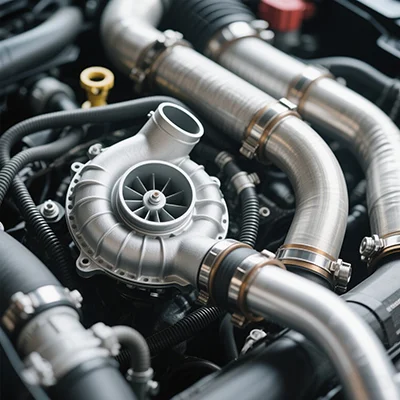Unlocking the Art of Screen Printing: Essential Tools and Techniques for Beginners
Screen printing, a time-honored technique that combines artistry with craftsmanship, has gained immense popularity in recent years. Whether you’re looking to create custom apparel, unique home decor, or promotional materials, understanding what you need to start screen printing is crucial for achieving professional results. This comprehensive guide will delve into the essential tools, materials, and techniques required to embark on your screen printing journey.
Understanding the Basics of Screen Printing
Before diving into the specifics, it’s important to grasp the fundamental concept of screen printing. This method involves transferring ink onto a substrate (such as fabric or paper) through a mesh screen that has been treated with a light-sensitive emulsion. The areas that are not blocked by a stencil allow ink to pass through, creating the desired design.
Essential Tools and Materials
To set up your screen printing operation, you’ll need a variety of tools and materials. Here’s a breakdown of the essentials:
- Screen Printing Frames
The screen printing frame is the backbone of the process. Typically made from wood or aluminum, these frames hold the mesh taut. When starting out, consider purchasing pre-stretched screens, which save time and ensure consistent tension.
- Mesh Screens
The mesh screen is where the magic happens. Mesh count, measured in threads per inch (TPI), determines the level of detail you can achieve. For fabric printing, a mesh count of 110-160 is ideal, while higher counts (200+) are better for fine details and paper printing.
- Emulsion and Emulsion Remover
Emulsion is a light-sensitive liquid that coats the mesh screen to create a stencil. When exposed to light, the emulsion hardens, allowing you to wash away the unexposed areas. Emulsion remover is essential for reclaiming screens after use, making it a vital part of your toolkit.
- Squeegee
A squeegee is used to push ink through the mesh screen onto the substrate. The durometer (hardness) of the squeegee affects the ink transfer; softer squeegees are better for thicker inks, while harder ones work well with thinner inks.
- Inks
Choosing the right ink is crucial for achieving vibrant prints. Water-based inks are popular for their ease of use and eco-friendliness, while plastisol inks offer durability and opacity. Consider your substrate and desired finish when selecting inks.
- Substrates
The substrate is the material you’ll be printing on. Common options include cotton t-shirts, tote bags, and paper. Ensure that your substrate is compatible with the ink you choose for optimal results.
- Exposure Unit
An exposure unit is used to expose the emulsion-coated screen to light, creating your stencil. While you can use sunlight for exposure, a dedicated exposure unit provides more consistent results and is worth the investment for serious screen printers.
- Washout Station
A washout station is necessary for rinsing out the unexposed emulsion after the exposure process. This can be as simple as a sink with a hose attachment or a dedicated area with proper drainage.
Setting Up Your Workspace
Creating an efficient workspace is key to successful screen printing. Here are some tips for setting up your area:
- Ventilation: Ensure your workspace is well-ventilated, especially when working with inks and chemicals.
- Organization: Keep your tools and materials organized to streamline your workflow. Consider using shelving or storage bins.
- Lighting: Good lighting is essential for detailed work, especially during the exposure and registration processes.
Techniques for Successful Screen Printing
Once you have your tools and workspace ready, it’s time to explore some techniques that will elevate your screen printing skills:
- Registration
Proper registration ensures that each color in your design aligns perfectly. Use registration marks on your screens and substrates to help with alignment.
- Layering Colors
For multi-color designs, layering is essential. Allow each layer to dry before applying the next to prevent smudging and ensure vibrant colors.
- Curing Your Prints
Curing is the process of setting the ink so that it adheres properly to the substrate. This can be done using a heat press or a conveyor dryer, depending on the ink type.
Conclusion
Starting your screen printing journey requires a blend of the right tools, materials, and techniques. By investing in quality equipment and understanding the intricacies of the process, you can create stunning prints that showcase your creativity. Whether you’re a hobbyist or looking to start a small business, mastering screen printing opens up a world of possibilities. Embrace the art, experiment with designs, and enjoy the satisfaction of bringing your ideas to life through this versatile medium.
